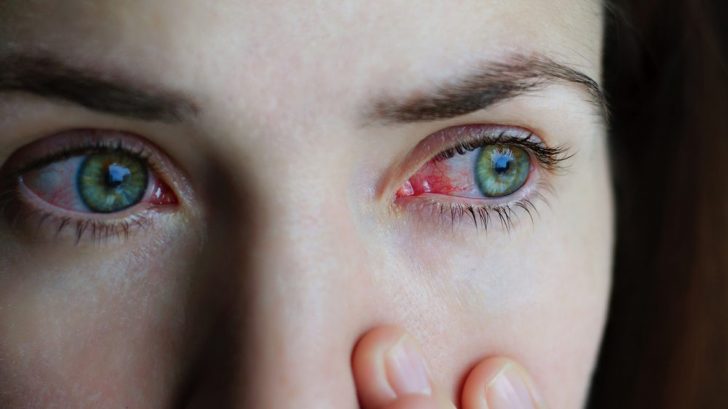Visiting the doctor’s office can get nerve-wracking at times. You never know what the doctor might say to you, and if it’s regarding an eye condition, it is bound to make you twitch all the way there.
Let’s face it, no one likes their eyes having to be examined or touched, but, in the case of glaucoma, it is necessary. Often dubbed as the ‘thief of sight’, glaucoma can have severe and dangerous effects on your eyes if it is left untreated or undiagnosed.

AAO | Glaucoma usually has no symptoms, and to add insult to injury, it can lead to vision loss.
What is Glaucoma?
Now you're probably wondering what is glaucoma? To put it simply, it is a fairly common eye condition that is triggered when the optic nerve is damaged. Usually, it is caused by fluid build-up, which puts pressure on the inside of your eye.
Diagnostic Tests
Now that you know what it is, let's look at the ways in which doctors diagnose the condition:
1. Tonometry
This is a test in which the doctor uses a device to measure the pressure inside your eyes. As mentioned earlier, the fluid build can create pressure on your eye, which the doctors can detect as a sign of glaucoma.
2. Ophthalmoscopy
In this test, the ophthalmologist will use a device to examine the back of the eye. It will include the retina, choroid, blood vessels, and optic disc.

Pexels | Here's what glaucoma can look like
3. Gonioscopy
This test is basically an angled examination i.e. the angle where the cornea and the iris join together. Using this method the doctor will determine the efficiency of the internal drainage system of the eye. The fluid aka aqueous humor moves out of the eye and into the venous system in a normal scenario.
4. Pachymetry
This test is carried out by a pachymeter, a device used to measure the cornea’s thickness. With the help of the reading, the doctor can make a correlation between the corneal thickness and the intraocular pressure.
5. Visual field function
Visual field function, also known as perimetry, is a test where the doctor will measure your visual field (as the name states), which is the total area where objects can be observed in the peripheral vision when the eye is focused on a certain object. It can help in detecting glaucoma and any blind spots.

Alamy | A couple of standard procedures will help get you in the clear
So there you have it. These are some of the tests the doctors are going to carry out when looking for glaucoma. They might sound bad in theory but, you'll find them to be not all that bad in the end.










